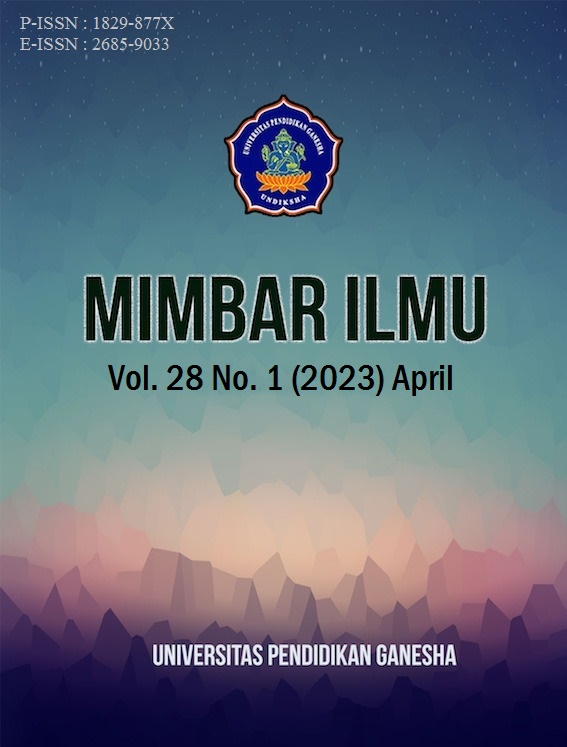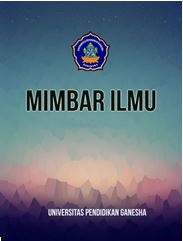Dimensions of the Pancasila Student Profile that Develop in Learning in Elementary Schools
Keywords:
Pancasila Student Profile, Learning, TeacherAbstract
With changing times and rapid technological developments, there is a decline in the cooperation character of students. This research aims to analyze the dimensions of the Pancasila student profile that develops in learning in elementary schools. This research is descriptive research with a qualitative approach. The type of data in this research is qualitative data. Data was collected using a triangulation method of observation, interviews, and document study. The sample in this research was determined using purposive sampling. The subjects in this research were class I and class IV teachers. The results of the research are that the learning process for students' acquisition of the Pancasila student profile by teachers is carried out by providing explanations to students, forming study groups, connecting material with characters, carrying out the habit of singing national songs and reciting Pancasila, using local stories in learning, using traditional games to encourage enthusiasm in solving problems, the practice of working together to clean the environment and classrooms, implementing peer tutoring, the method of eating together and communicating the results of students' work or opinions. The dominant Pancasila student profile formed is faith, devotion to God Almighty, noble character, global diversity dimension, and cooperation size. The obstacle faced by teachers in the learning process to obtain the Pancasila student profile is the need for teacher competence, especially weakness in the type of pedagogical competence.
Published
How to Cite
Issue
Section
License
Copyright (c) 2023 Dhea Puri

This work is licensed under a Creative Commons Attribution-ShareAlike 4.0 International License.
This work is licensed under a Creative Commons Attribution-ShareAlike 4.0 International License.
Authors who publish with this journal agree to the following terms:
- Authors retain copyright and grant the journal right of first publication with the work simultaneously licensed under a Creative Commons Attribution License that allows others to share the work with an acknowledgment of the work's authorship and initial publication in this journal.
- Authors are able to enter into separate, additional contractual arrangements for the non-exclusive distribution of the journal's published version of the work (e.g., post it to an institutional repository or publish it in a book), with an acknowledgment of its initial publication in this journal.
- Authors are permitted and encouraged to post their work online (e.g., in institutional repositories or on their website) prior to and during the submission process, as it can lead to productive exchanges, as well as earlier and greater citation of published work.








